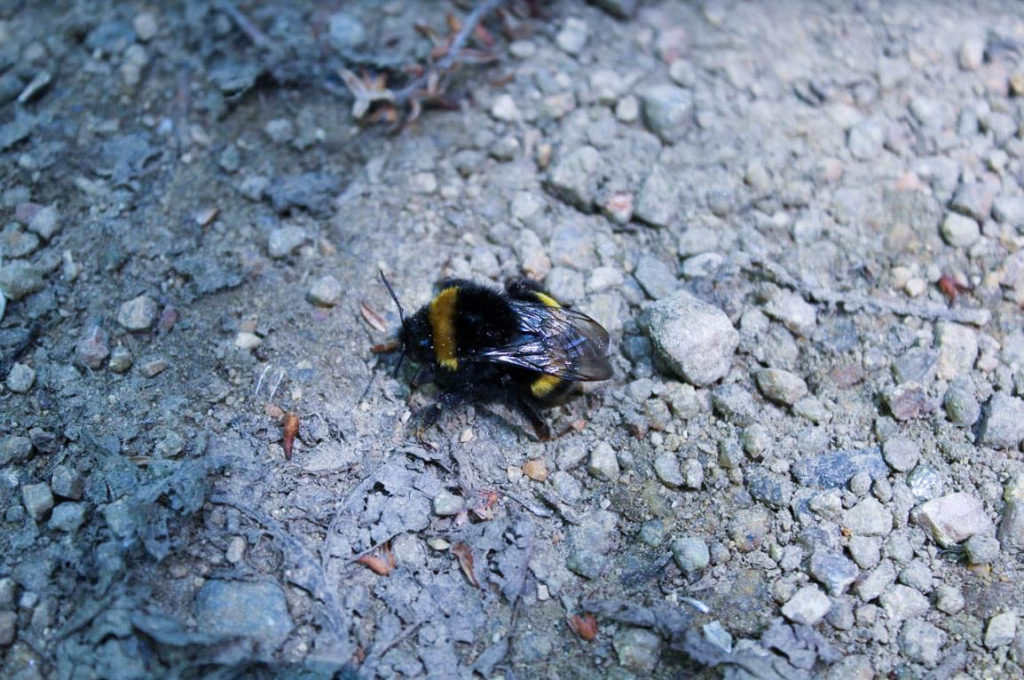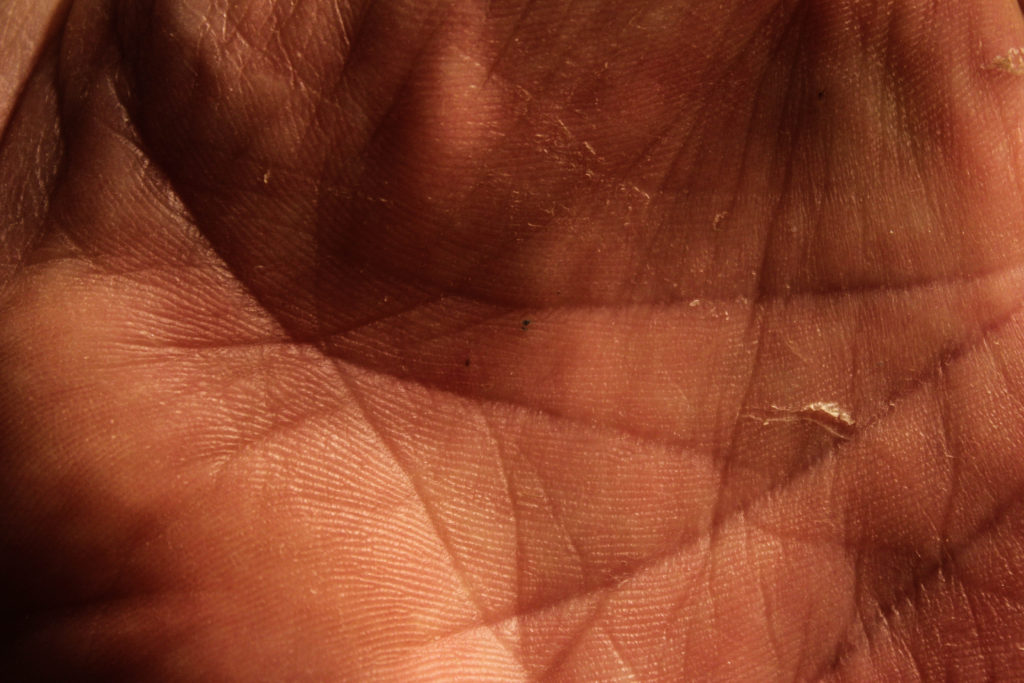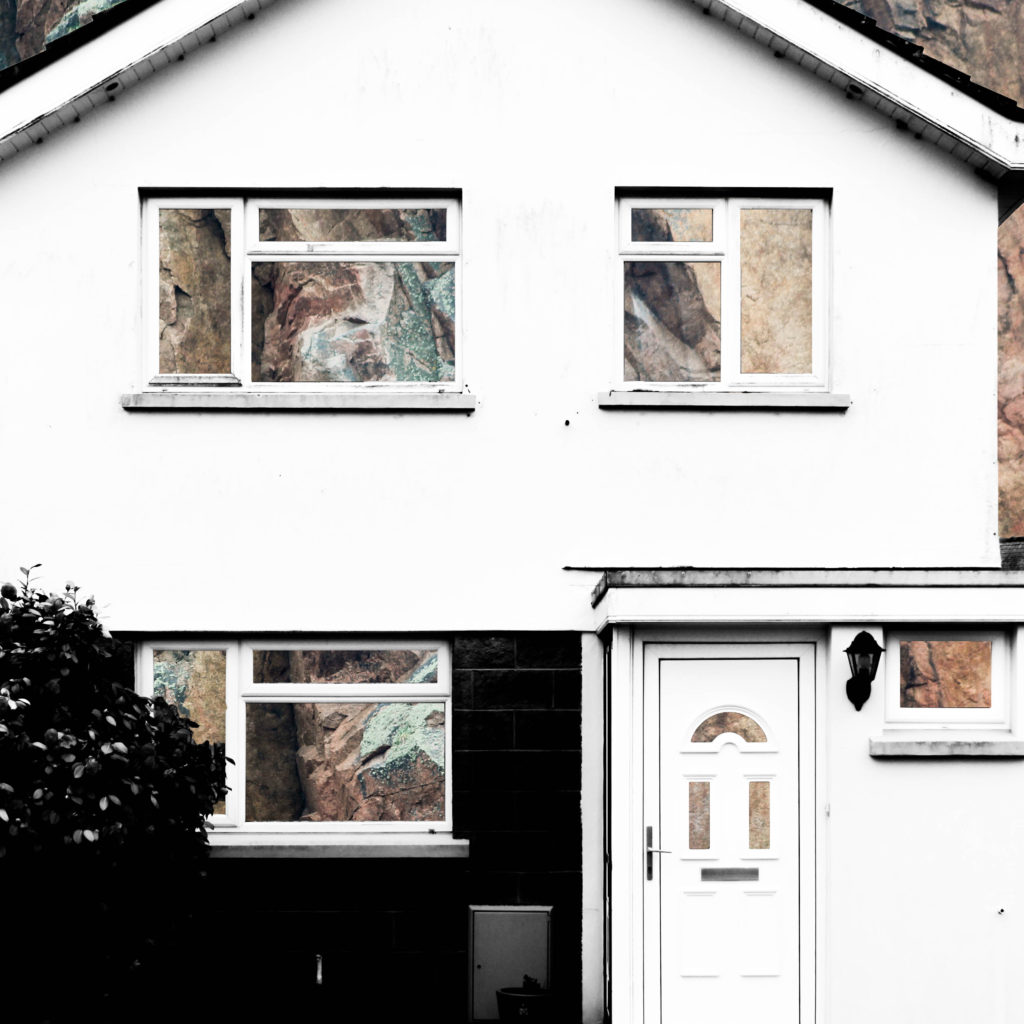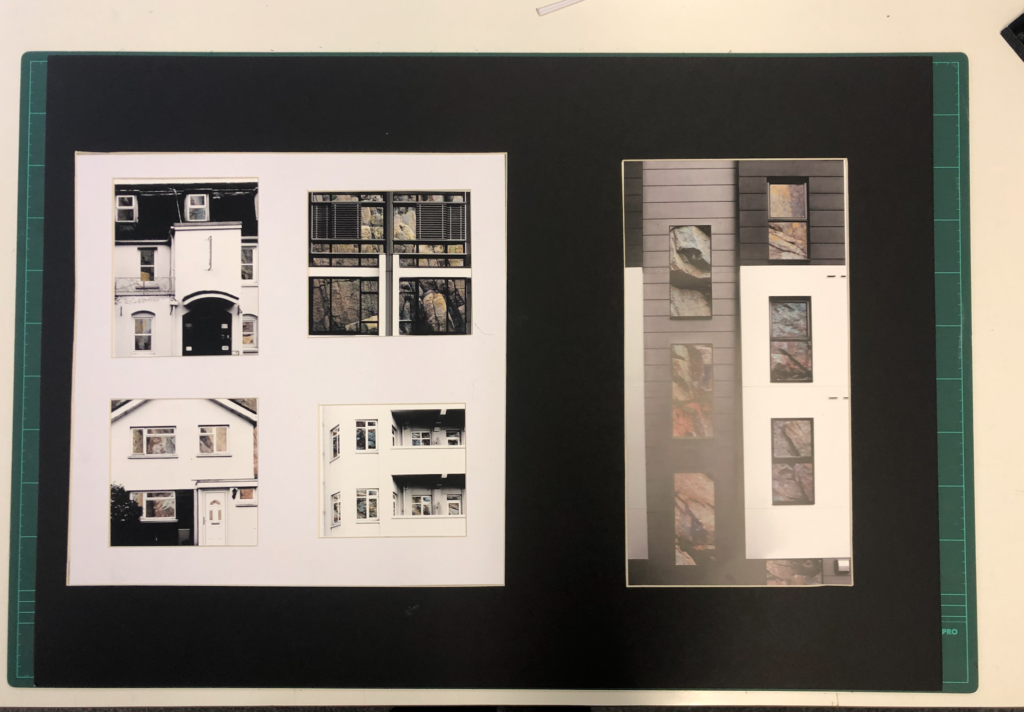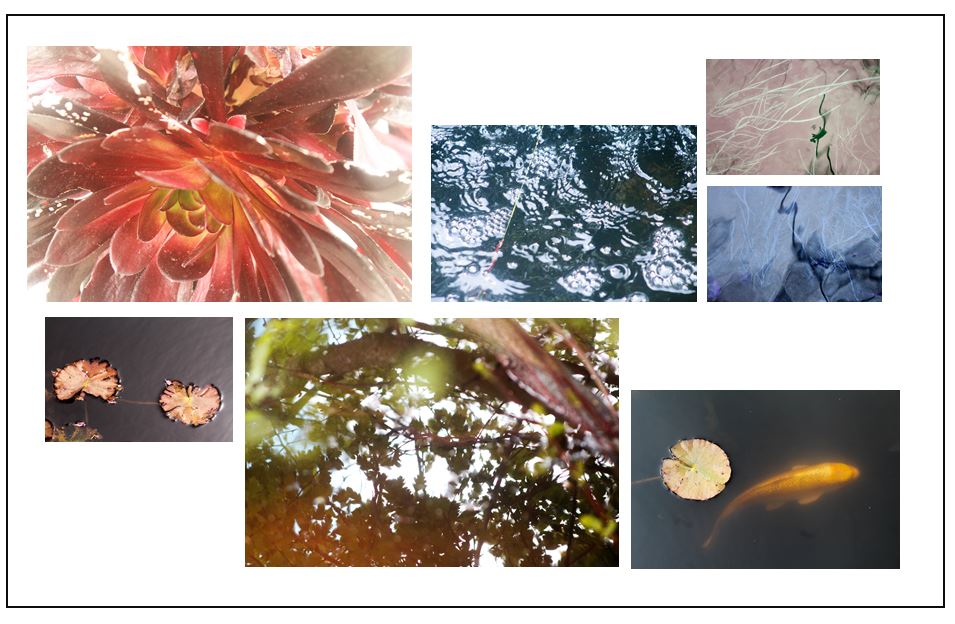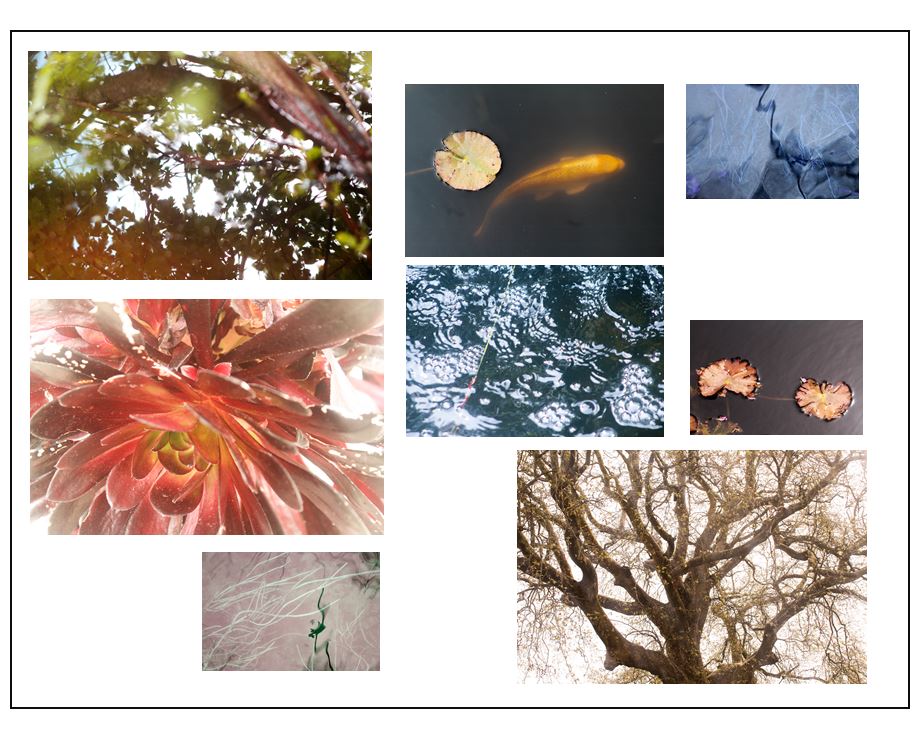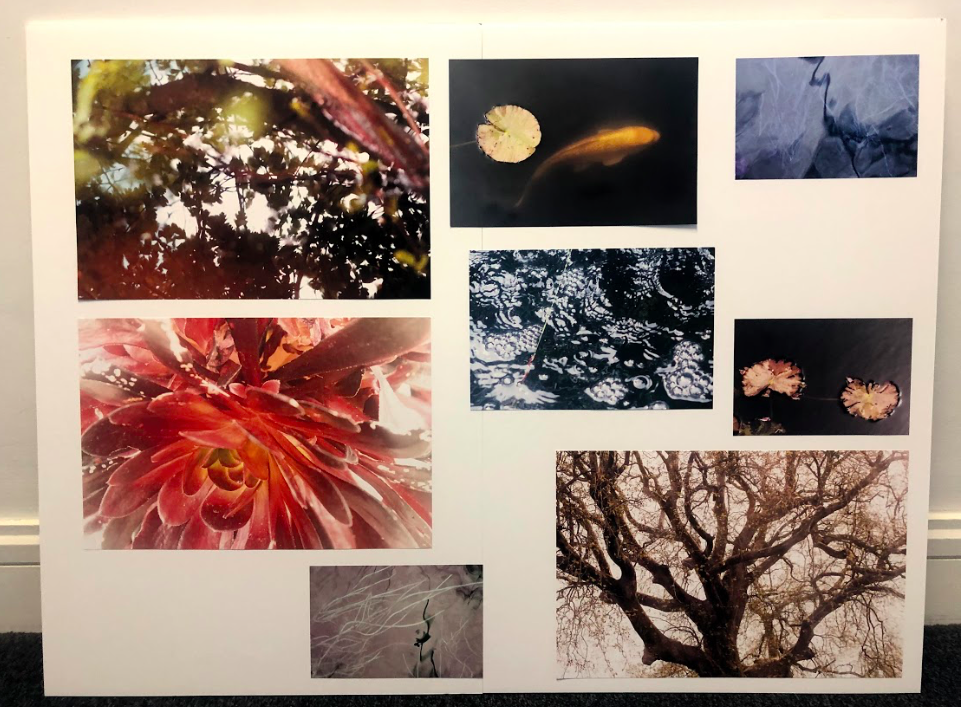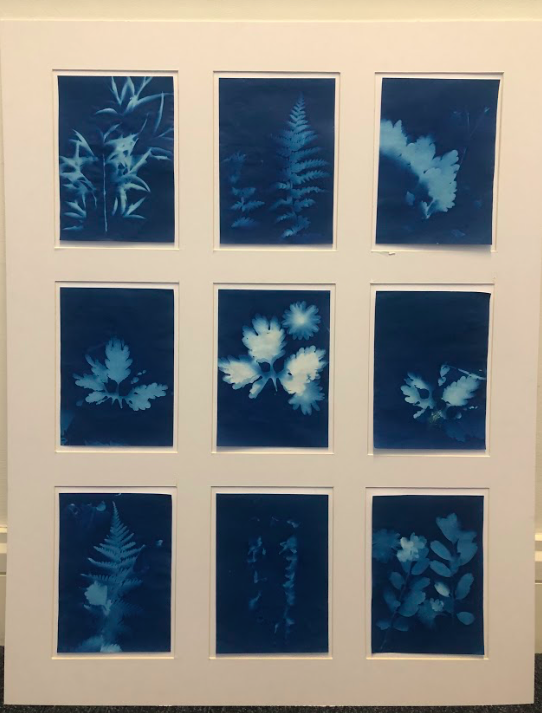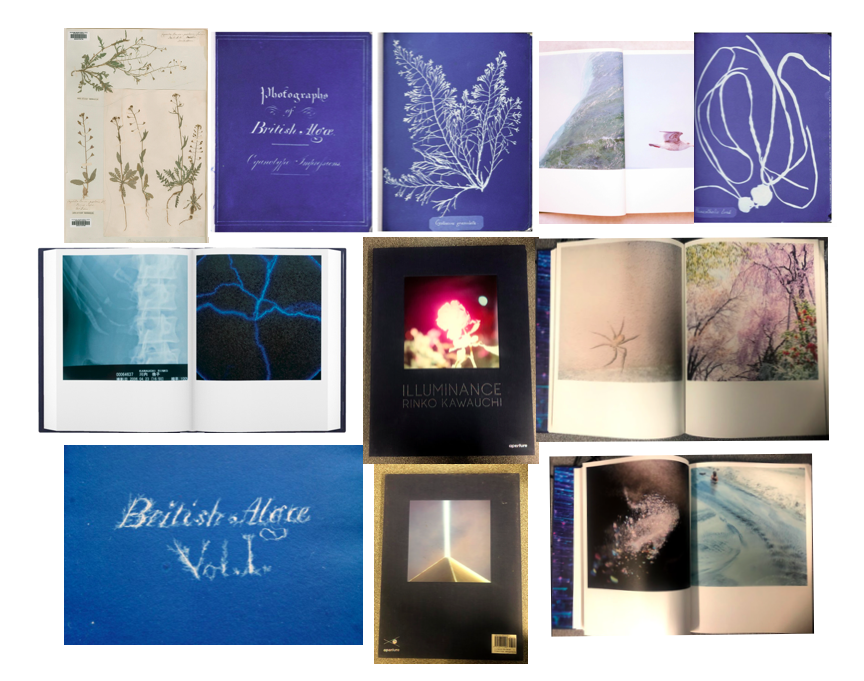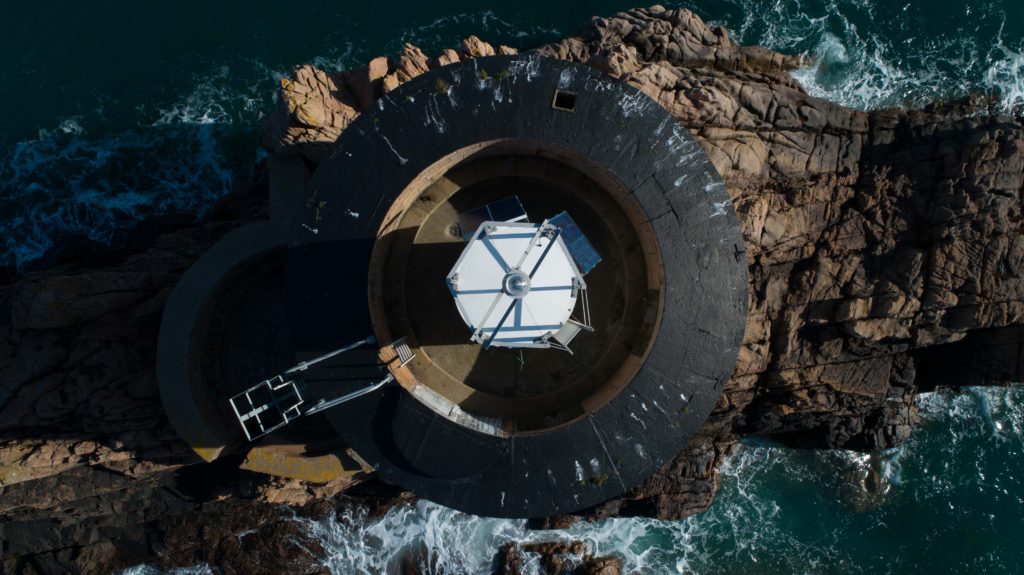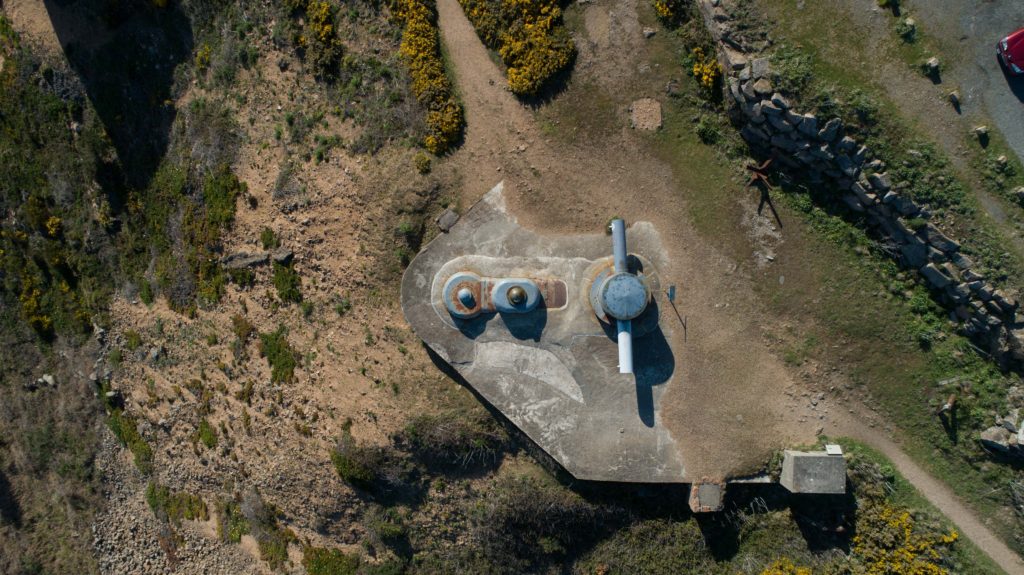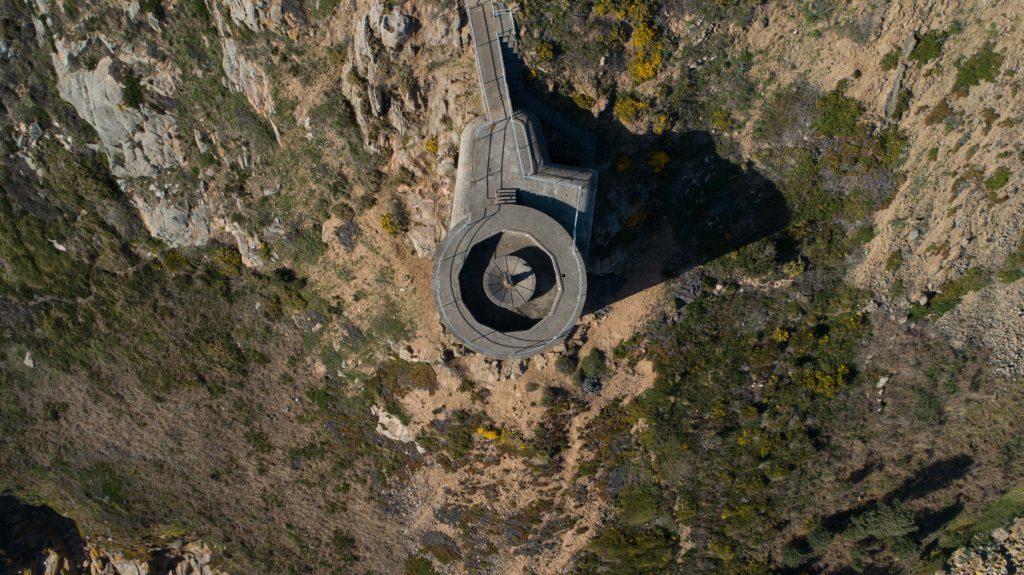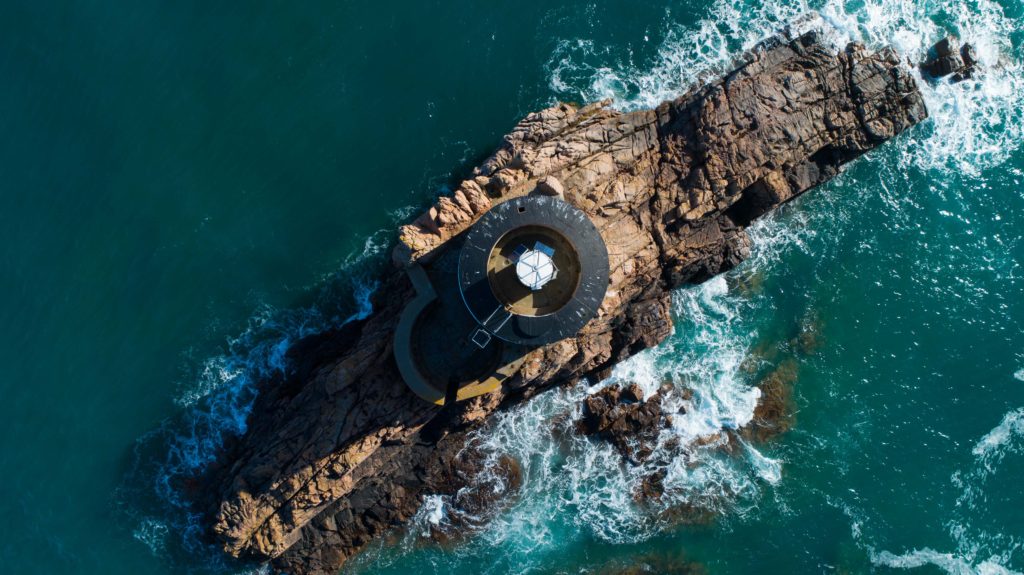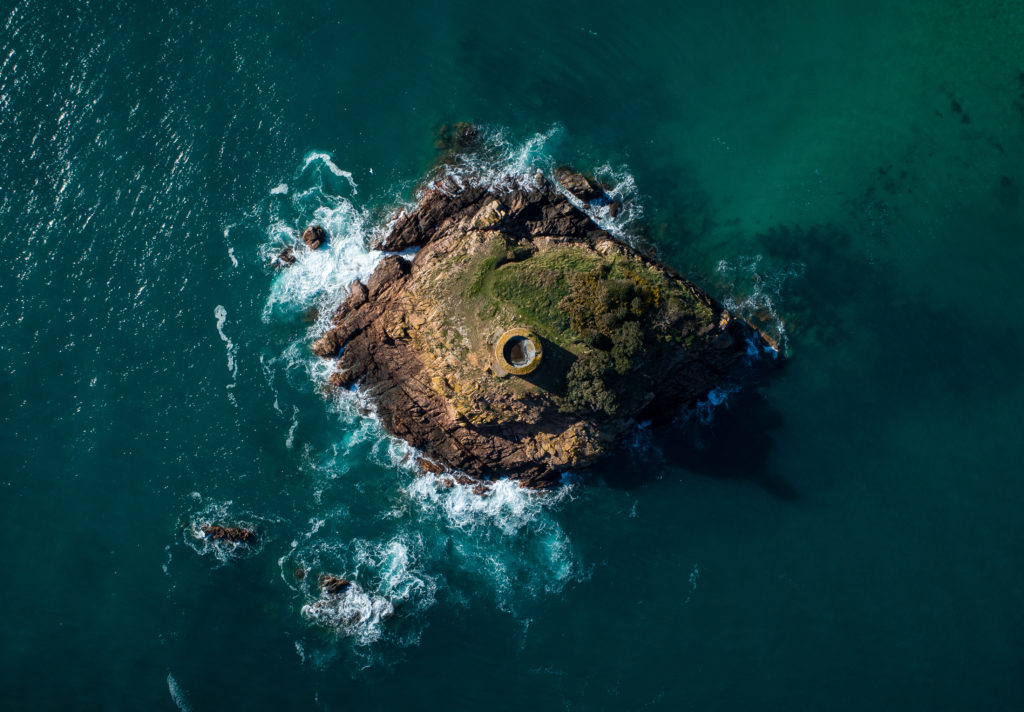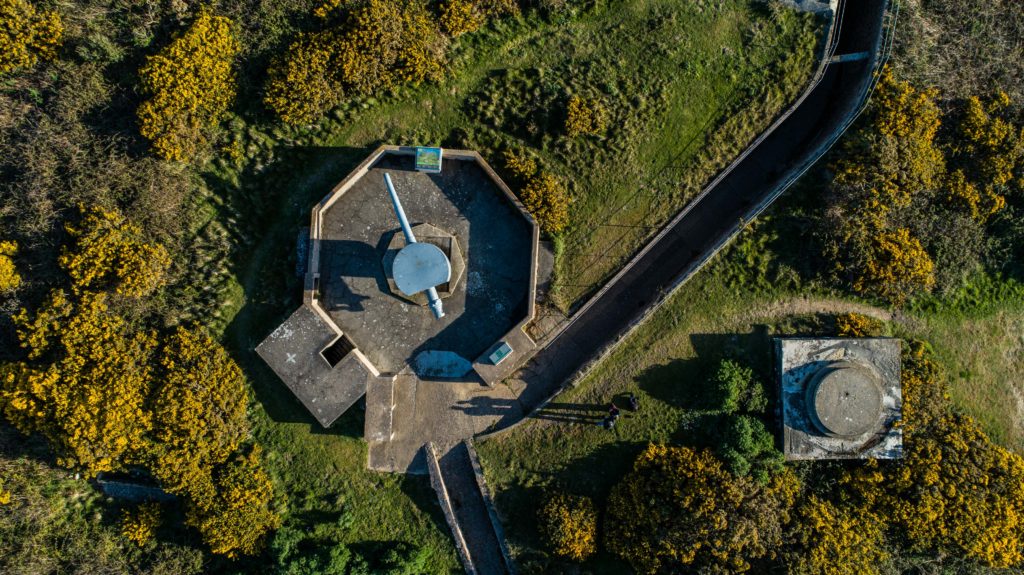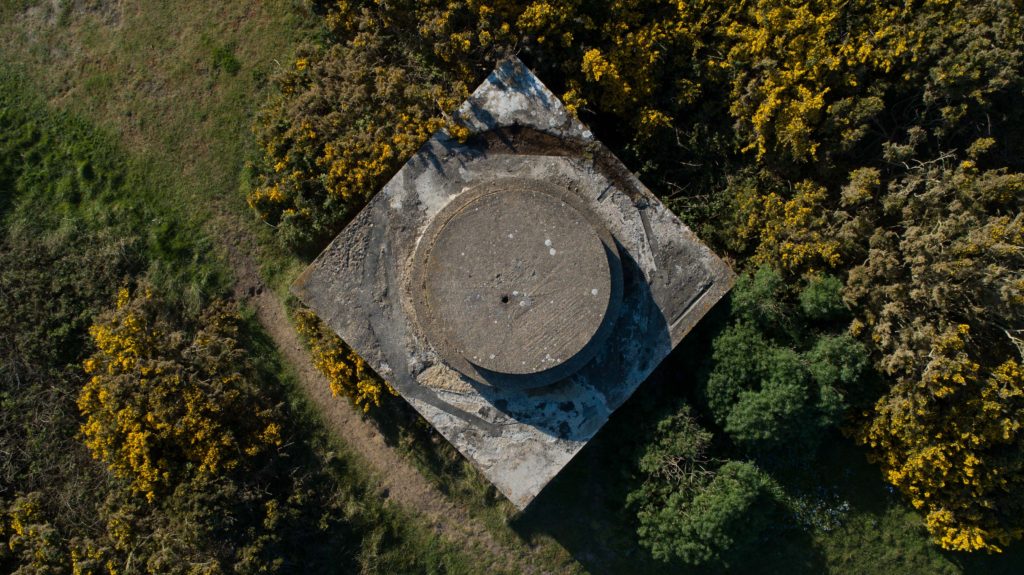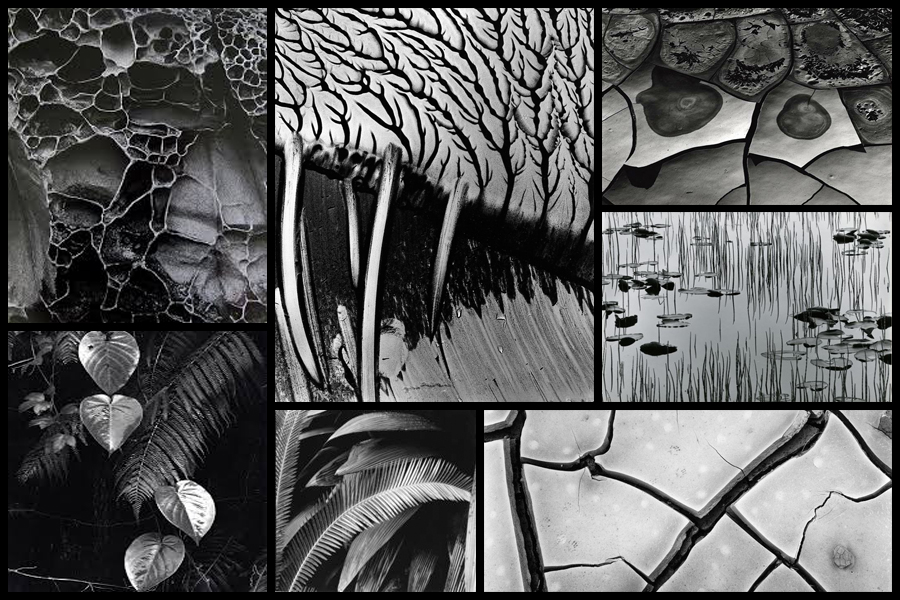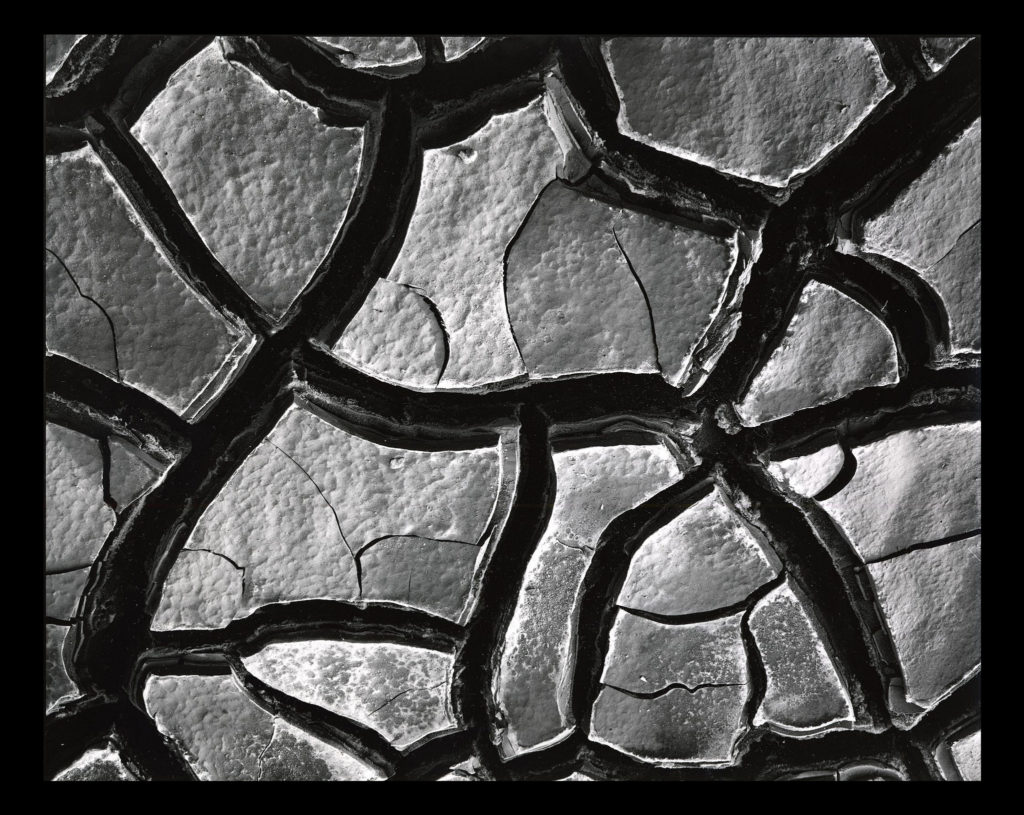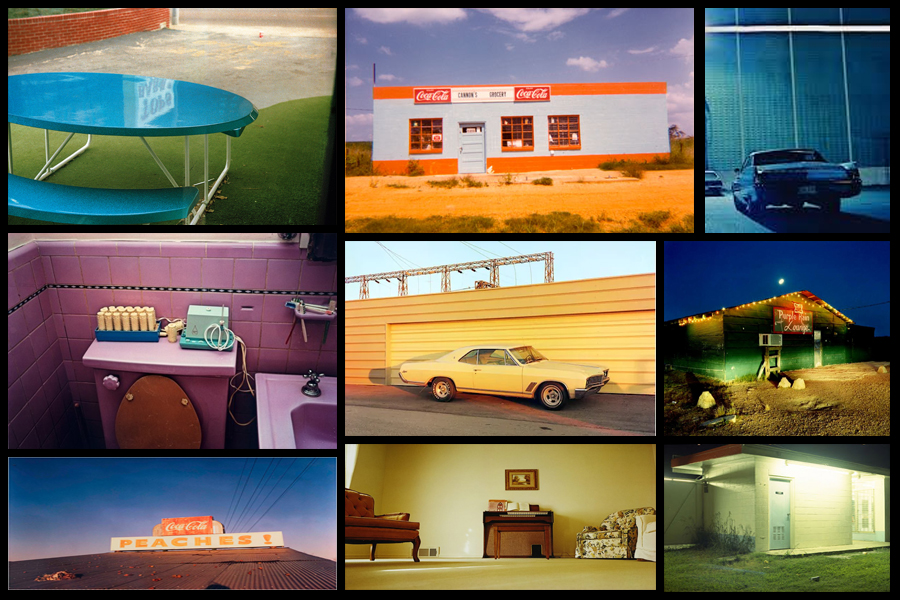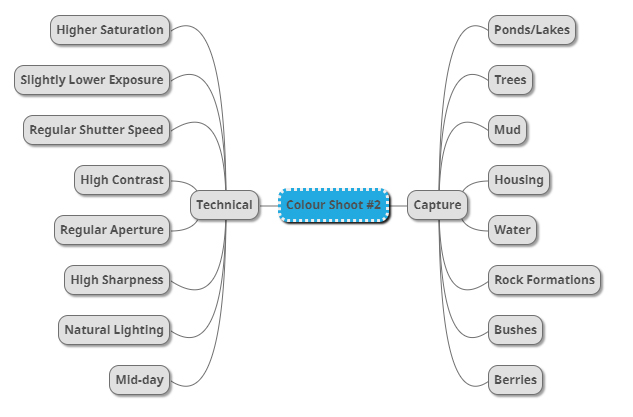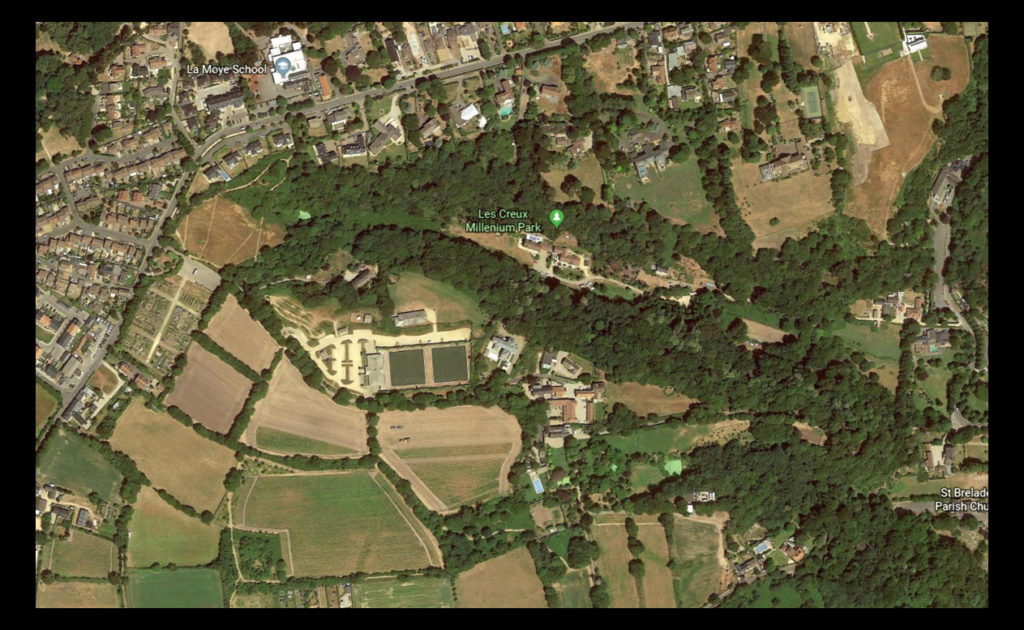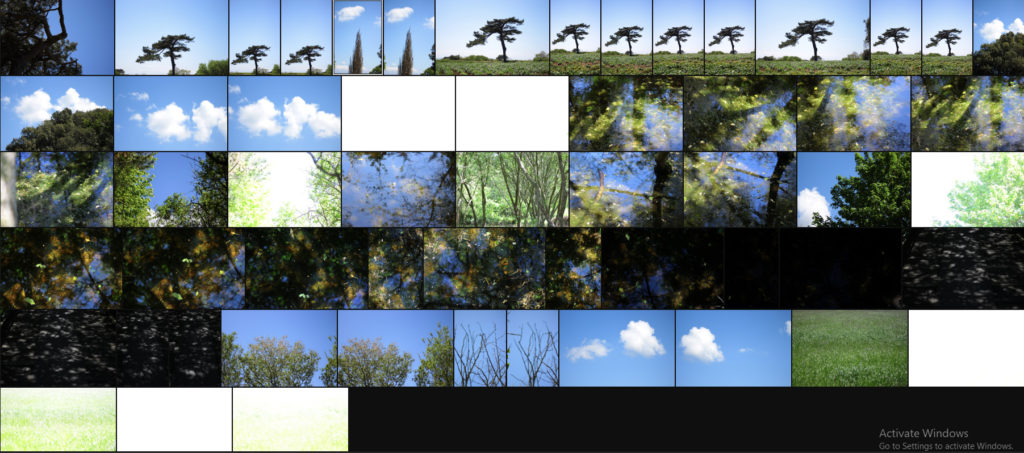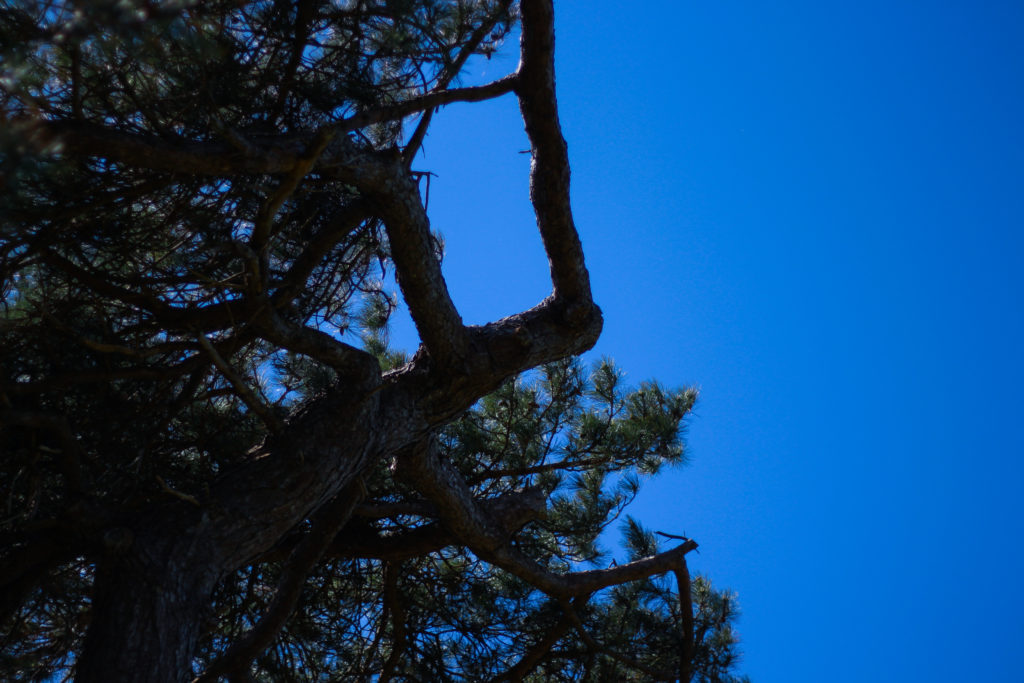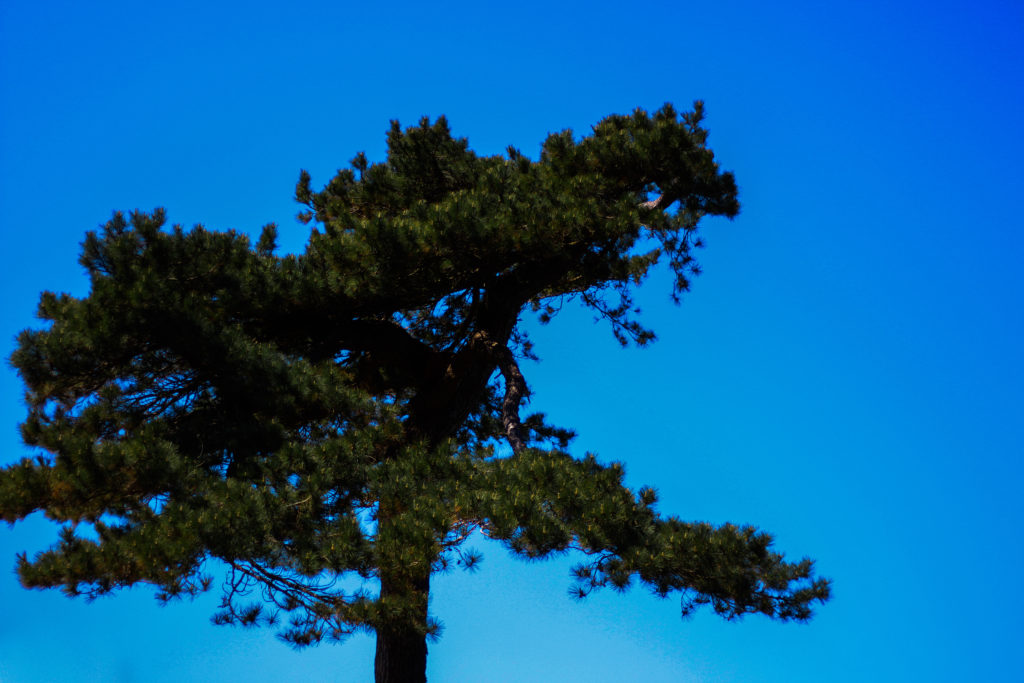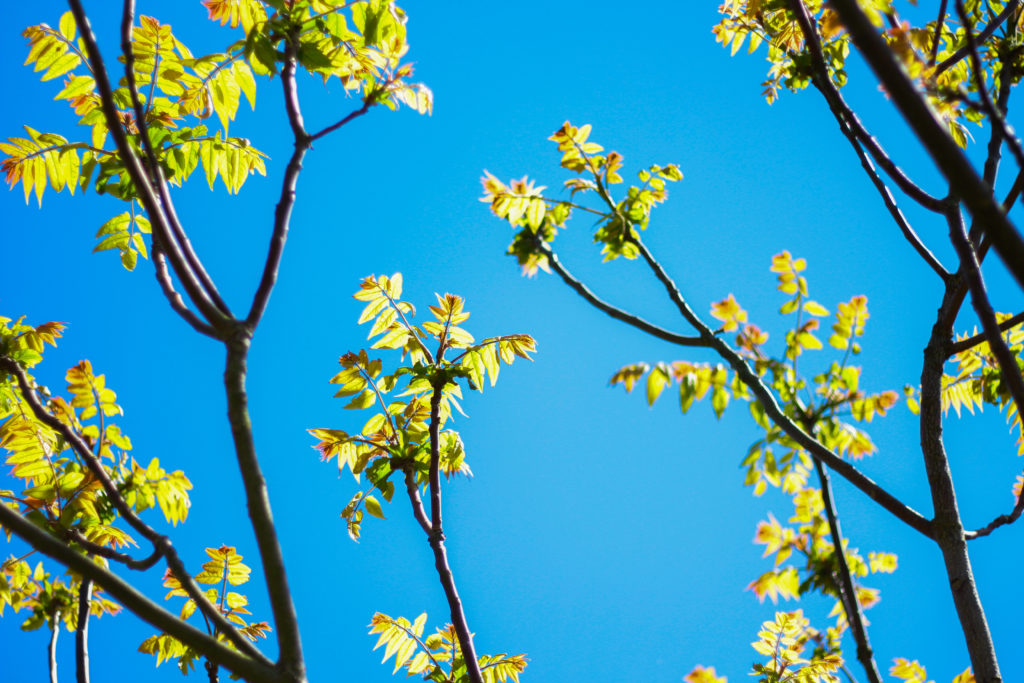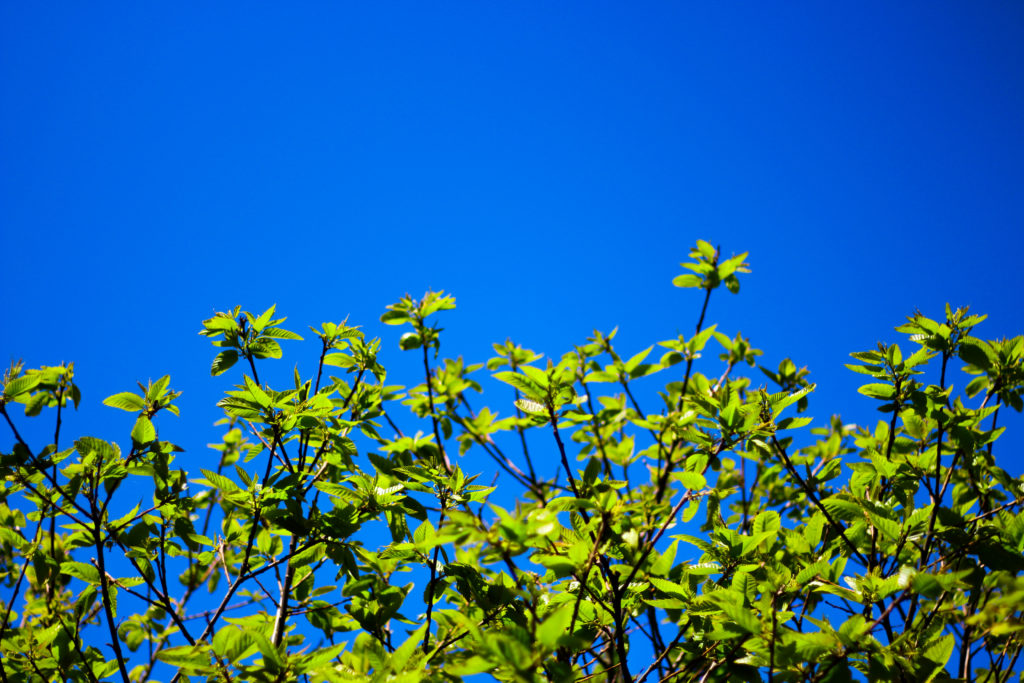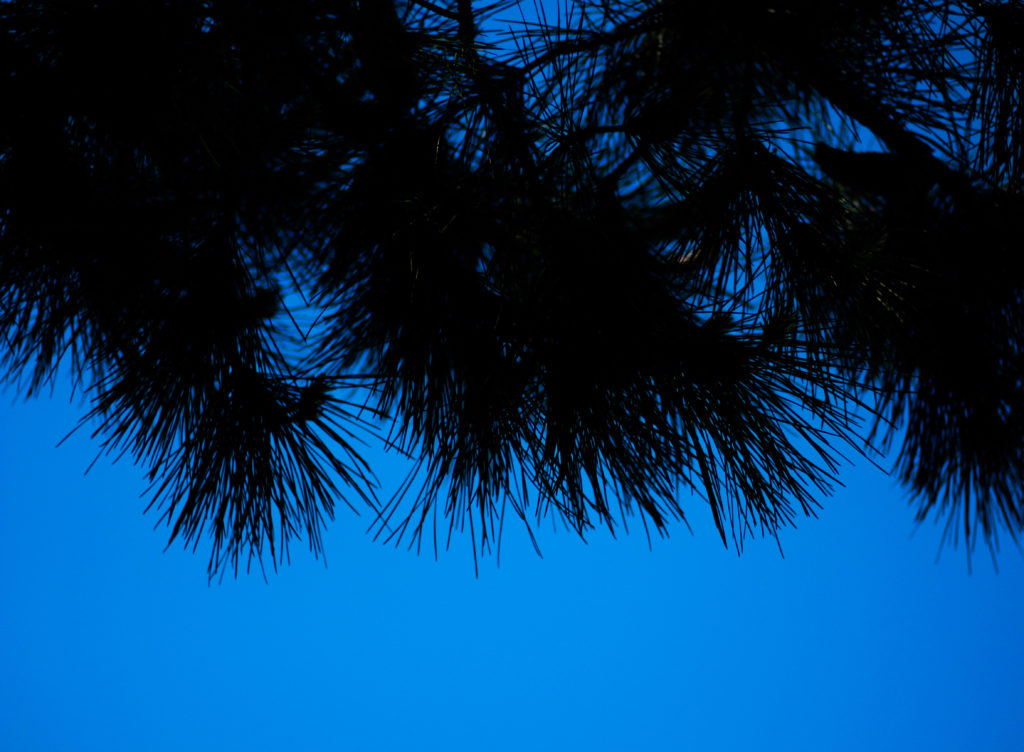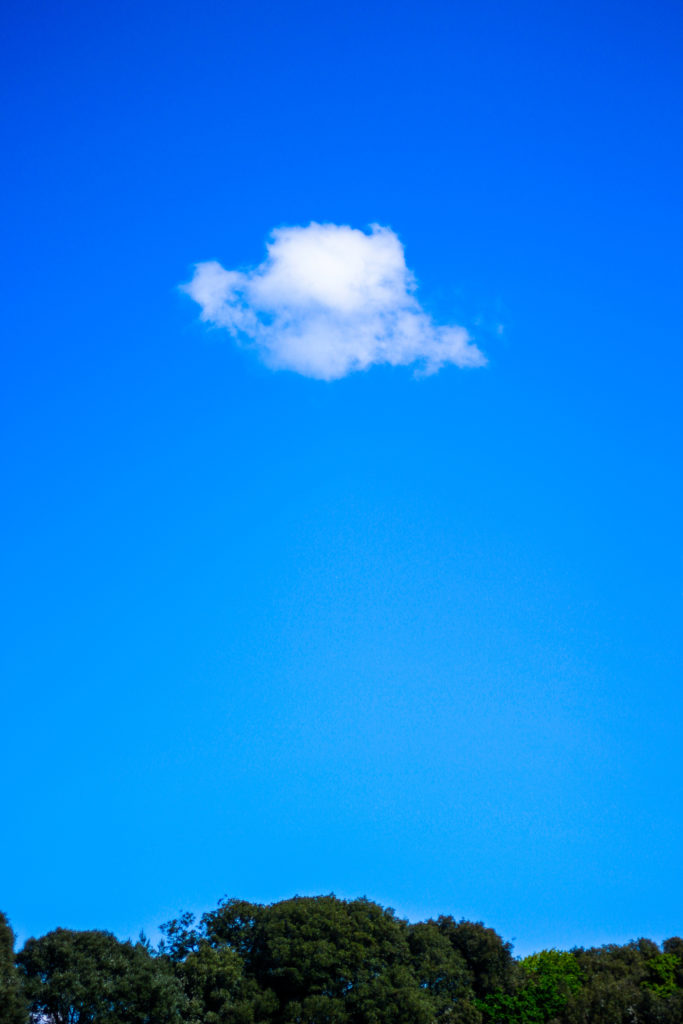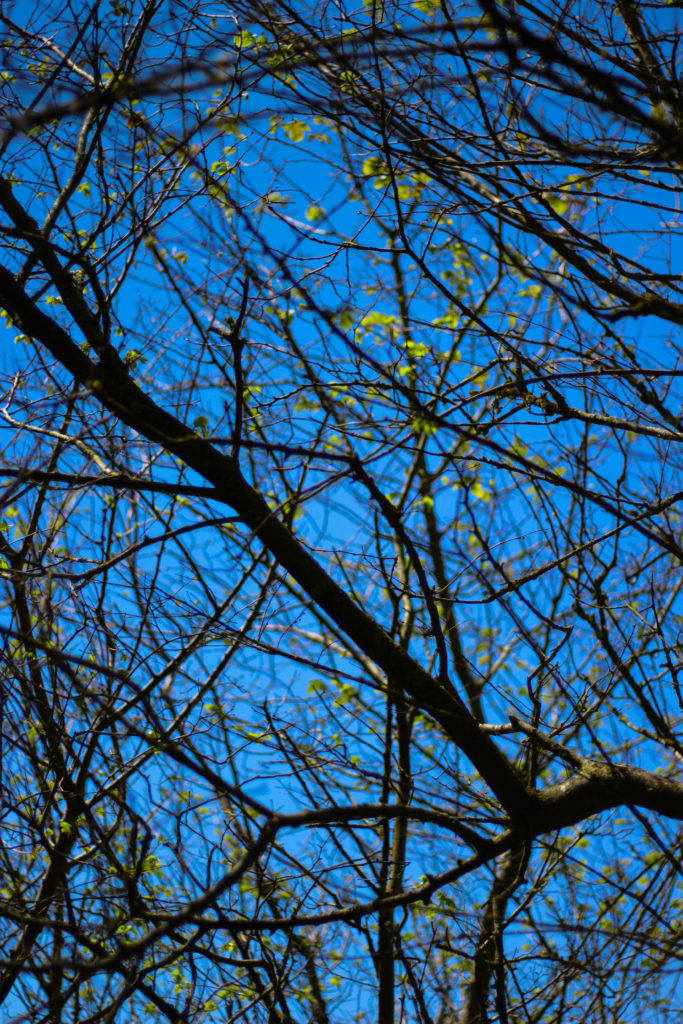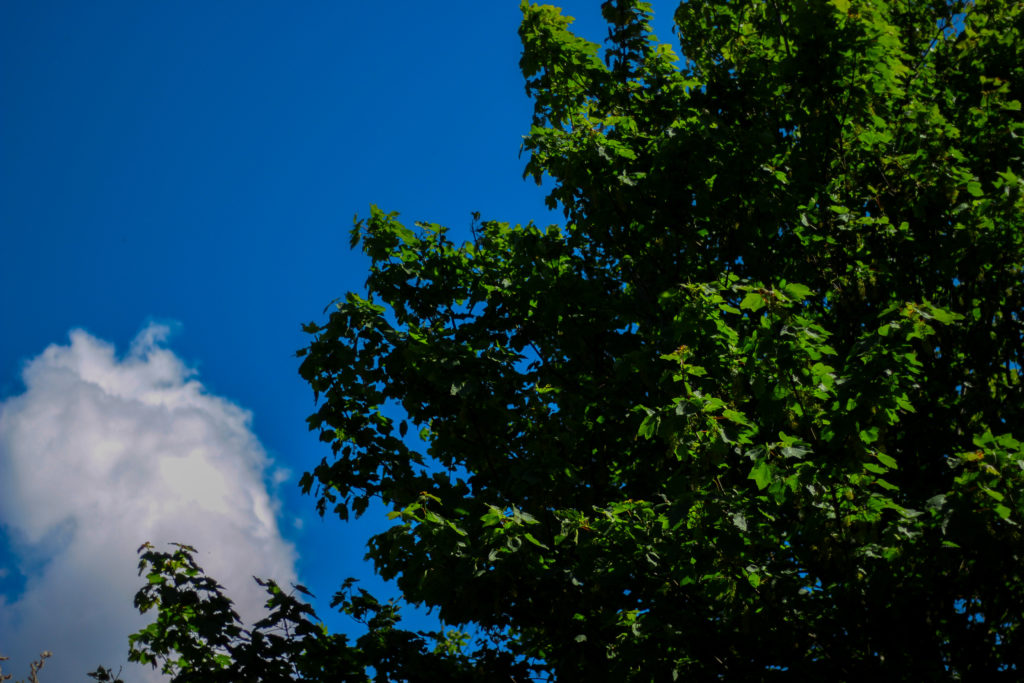I have decided on 4 final photographs for my project. Each one of shoots were different in subject focus i.e. light, water, green, trees, and were inspired by a varied host of artists and photographers. My final outcomes and edited photographs from each shoot vary distinctively from one another, but are all still interconnected by nature. My project aim was to look at the variation and similarity within nature, so I categorized my shoots into nature topics that I felt would allow me to look at nature from multiple viewpoints . I focused on capturing texture, line, shadow and tone in my capture points. I looked at multiple artists and photographers for each category of nature, allowing me to have a spectrum of photographs inspired by a collection of different photographers.
Final photograph 1:
My first final photograph is from shoot 2, focused around ‘trees’. I aimed to look at trees from afar and very up close to capture the intricate detail and patterns of the tree bark. Final photograph 1 is a capture of 9 images arranged in a grid format, all of different angles and captures of numerous trees up close. I chose to arrange my photographs in this format as inspiration of Bernd and Hilla Becher who specialized in typologies and presenting multiple images of similar nature. All photographs from this shoot were edited into black and white individually as I felt the strong contrast of white and black, with shades of grey intertwined really emphasizes the tonal contrasts and shadows of my photographs effectively. My camera allowed me to present the complex detail of each curve, piece of moss, shape, bump and indent in the tree. I felt this linked back well to the idea of variation in nature as although each tree may look similar from afar, from up-close, it is evident that the detail differs greatly.
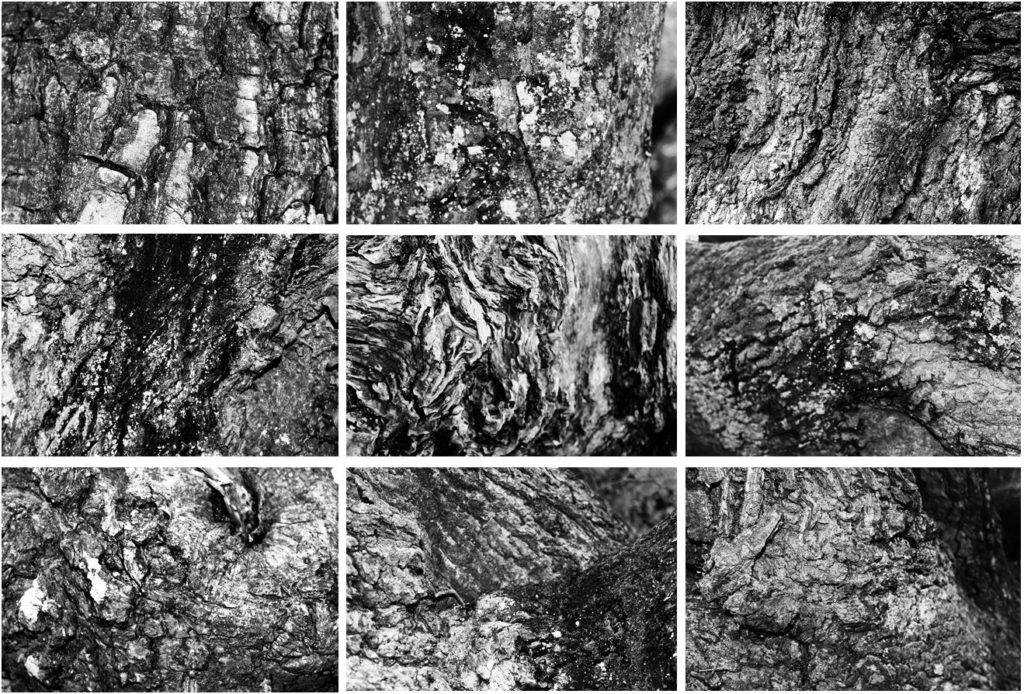
Final photograph 2:
My second final photograph is from my second photographic shoot: natural forms. This photograph was taken in the style of botanical photographer Karl Blossfeldt. I photographed alternative natural forms as shown below rather than just flowers as I felt it was something different. I edited my images into monochrome and added ‘clarity’ and ‘sharpness’ to my images to emphasize the detail and tonal differences of the forms.
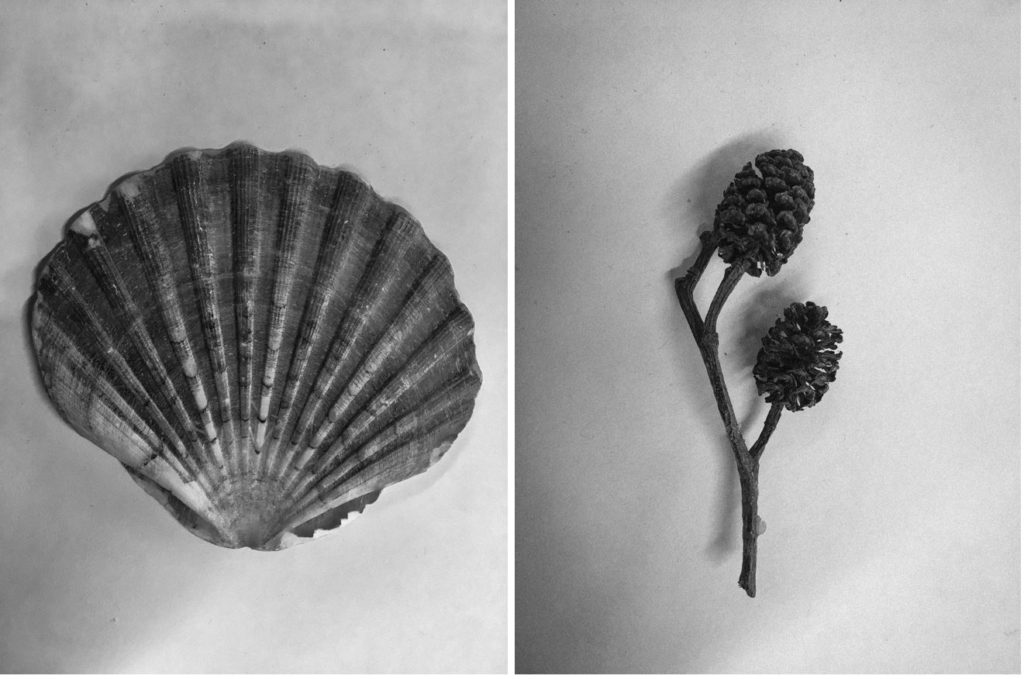
Final photograph 3:
My final photograph 3 was taken in shoot 3, in response to cloudscapes. In this shoot, I took photographs in response to Alfred Stieglitz and John Day, two photographers with a very different visual style. This particular photograph was taken and edited by inspiration from Alfred Stieglitz’s Equivelents. Equivalents looks at dramatic black and white cloudscapes, an alternative viewpoint to many other photographers who photograph the sky in heavily saturated colour. In order to respond effectively, I edited this photograph in Lightroom CC, turning it into black and white then increasing the ‘contrast’, ‘clarity’ and ‘shadows’ to how I saw fit. This worked well and presented the billowing clouds as heavy and the image as very dynamic and bold. Cloudscapes can be looked at in many ways, exploring the serene and calm aspect of nature, or opposingly nature’s stormy and tempestuous character.
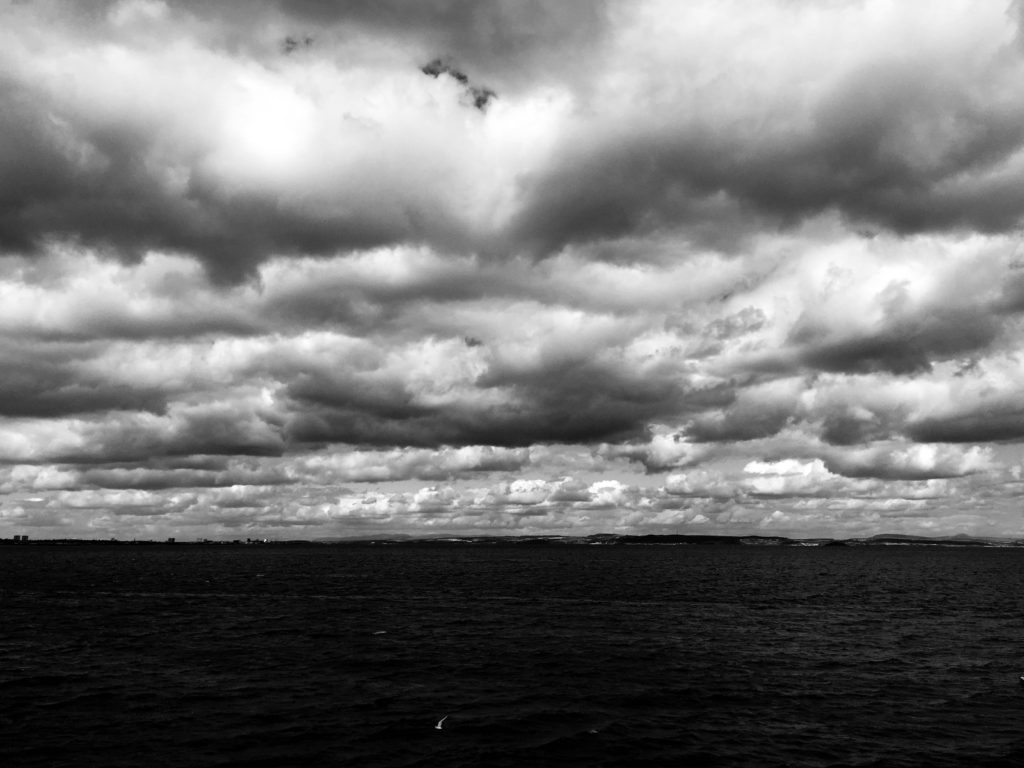
Final photograph 4:
My 3rd final photograph comes from shoot 4, focused on the subject of water. I looked at Hiroshi Sugimoto’s work before this shoot, inspiring my style of response. This photograph looks at nature in an alternative way to my other photographs. This image is very simplistic and strips nature down to it’s most basic form, exploring the serenity and tranquility of how wildlife and the landscape come together to produce basic yet beautiful sights. There is little movement displayed in the water, only one single circular ripple where a raindrop has hit the water.
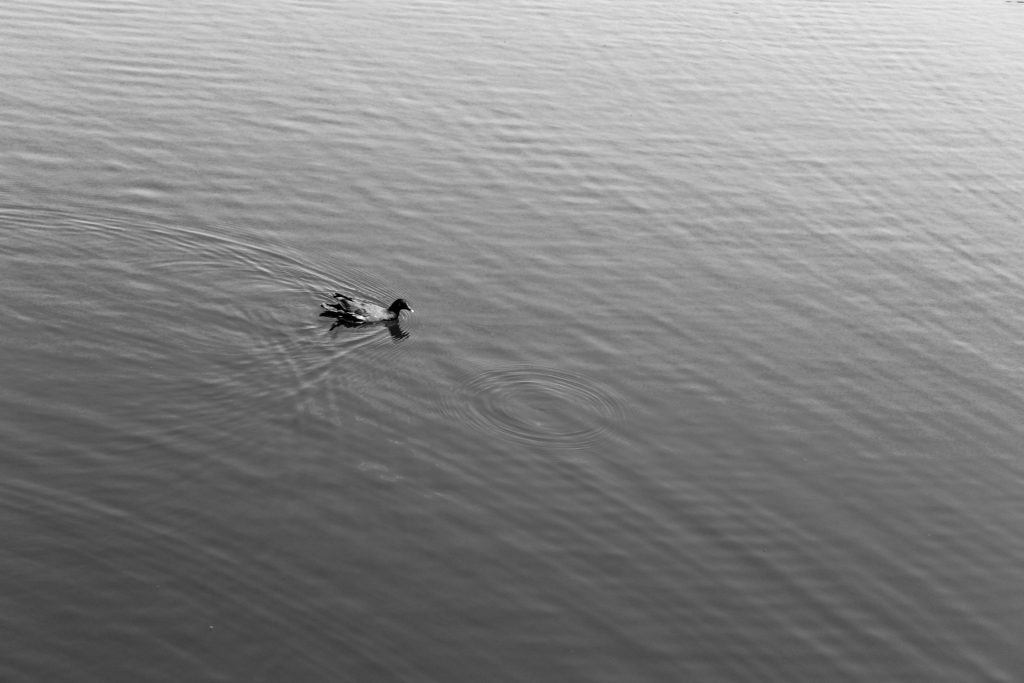
Final photograph 5:
My second final photograph is from shoot 5, responding to Rinko Kawauchi. I got up-close to a bee to capture a very zoomed in look at nature’s produce. I aimed to capture the bee in detail, from it’s vibrant yellow colour, to the detail in it’s wings. The bee is the obvious main focal point of this photograph, situated centrally in the image; it contrasts well with the simplistic background of small rocks and stones.
